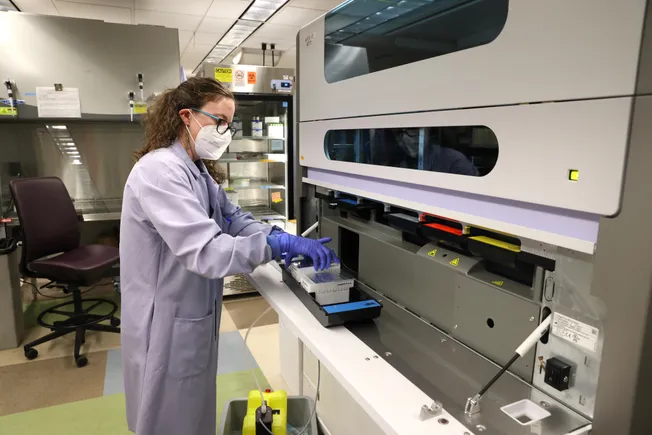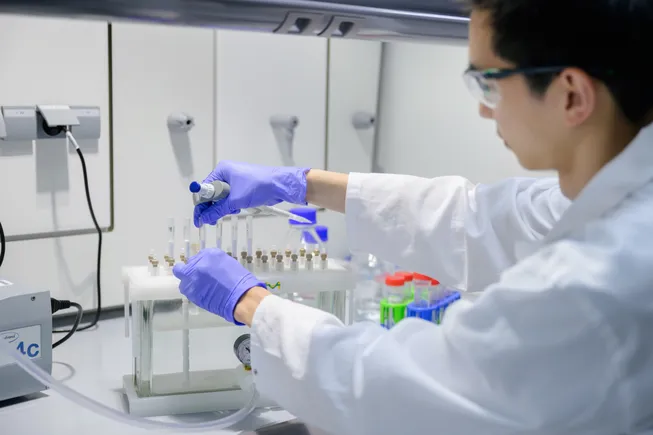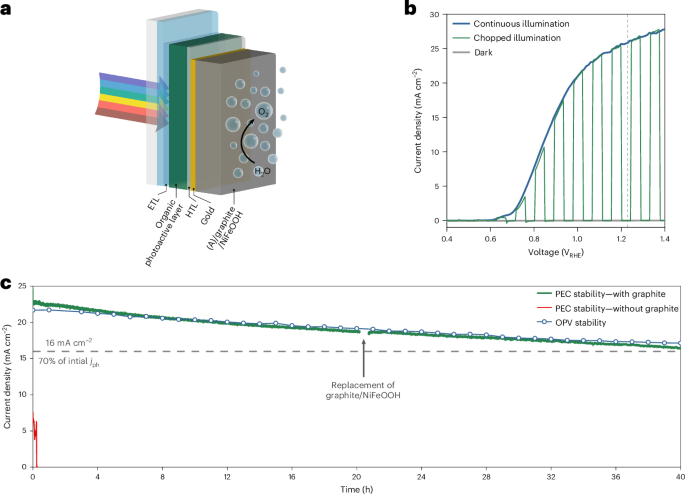Natural MOF‐Like Photocatalytic Nanozymes Alleviate Tumor Pressure for Enhanced Nanodrug Penetration
Advanced Healthcare Materials, Volume 14, Issue 8, March 25, 2025.

In oncological nanomedicine, overcoming high tumor interstitial pressures is crucial for nanotherapeutics. A metal–organic framework-like photocatalytic nanozyme, RPC@M, is developed from cobalt phytate and resveratrol. This natural product-derived nanozyme reduces interstitial fluid and solid pressures, enhances tumor penetration, and exerts cytotoxic effects, presenting a novel approach using natural products for tumor therapy.
Abstract
In oncological nanomedicine, overcoming the dual-phase high interstitial pressure in the tumor microenvironment is pivotal for enhancing the penetration and efficacy of nanotherapeutics. The elevated tumor interstitial solid pressure (TISP) is largely attributed to the overaccumulation of collagen in the extracellular matrix, while the increased tumor interstitial fluid pressure (TIFP) stems from the accumulation of fluid due to the aberrant vascular architecture. In this context, metal–organic frameworks (MOFs) with catalytic efficiency have shown potential in degrading tumor interstitial components, thereby reducing interstitial pressure. However, the potential biotoxicity of the organic components of MOFs limits their clinical translation. To circumvent this, a MOF-like photocatalytic nanozyme, RPC@M, using naturally derived cobalt phytate (CoPA) and resveratrol (Res) is developed. This nanozyme not only facilitates the decomposition of water in the tumor interstitium under photoactivation to reduce TIFP, but also generates an abundance of reactive oxygen species through its peroxidase-like activity to exert cytotoxic effects on tumor cells. Moreover, Res contributes to the reduction of collagen deposition, thereby lowering TISP. The concurrent diminution of both TISP and TIFP by RPC@M leads to enhanced tumor penetration and potent antitumor activity, presenting an innovative approach in constructing tumor therapeutic nanozymes from natural products.











































































































































































.jpg)





